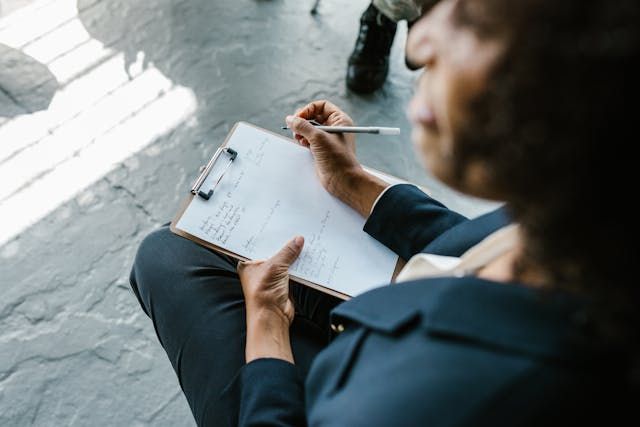
Family Sculpting Therapy
Discover how Family Sculpting Therapy utilizes nonverbal cues and people patterns in a talk session.
Get carepatron free
Commonly asked questions
Family plays a vital role in shaping the minds of young people by providing a supportive environment where values, beliefs, and behaviors are learned and reinforced. Interactions with more than one person, children, and young people create lasting impressions that guide them throughout life.
Family sculpting examples include positioning group members to represent family roles and dynamics, like placing one person as a "parent" standing over others to symbolize authority. Another example could be having a "child" sit apart to show emotional distance.
Examples of family therapy activities include role-playing to practice communication skills, family sculpting to visualize relationships, and creating genograms to explore family history and patterns.
Family therapy techniques include methods like structural therapy, which focuses on family roles and boundaries, and strategic therapy, which uses specific interventions to address family issues.
Functional family therapy focuses on improving communication, strengthening relationships, and enhancing problem-solving skills, benefiting the entire family unit. By creating a space for open and honest dialogue, family members become more aware of their roles and dynamics, leading to positive changes in relationships and behavior.







